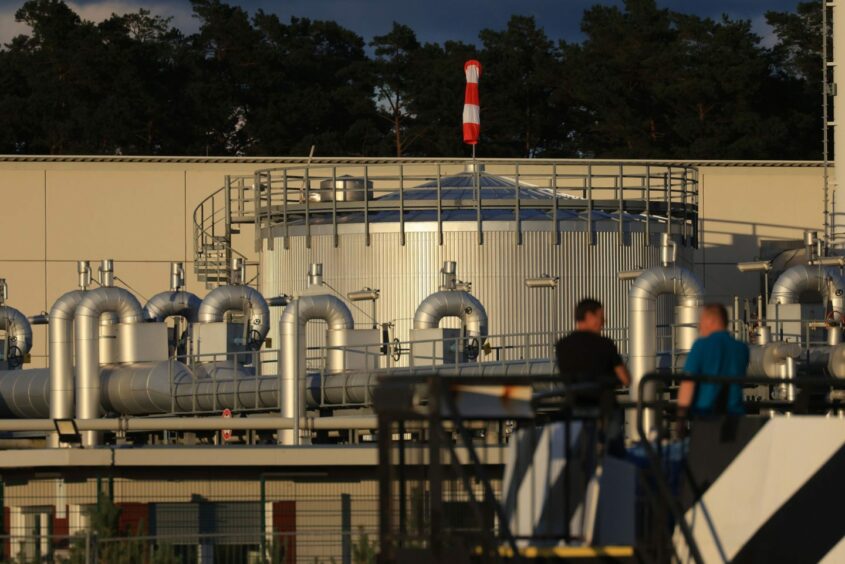
European gas prices have plunged to the lowest since mid-2021, when Russia was just beginning to squeeze supplies before its invasion of Ukraine, helping to reverse a surge in inflation and bring relief to consumers.
The slump — gas futures are down by two-thirds already this year – hasn’t just eased the pressure on household budgets. It also undermines one of the biggest bargaining chips held by President Vladimir Putin — the ability to squeeze the region’s gas supplies.
With some traders predicting short-term prices could even go negative at times this summer, the picture couldn’t be more different from May last year. Back then, futures were quadruple what they are now and countries were forced to revive coal generation to keep the lights on after Russia slashed gas supplies.
There were also worries about shortages and whether Europe would be able to build gas storage levels before winter. Now, stockpiles are above average and might even be filled during the summer, and ahead of schedule.
Benchmark Dutch futures have fallen for eight straight weeks and are below €25 per megawatt hour, the lowest since May 2021.
Increased imports of liquefied natural gas to replace Russian supplies have helped, as did a relatively mild winter, which meant the region didn’t need to dip into storage sites too extensively. Reserves are almost 67% full for Europe, compared with a five-year average of about 50%. German stockpiles are at 73%, according to data from Gas Infrastructure Europe.
Economic weakness is also playing a part by curtailing energy consumption. China’s recovery has lost momentum, European manufacturing is in a deep slump and Germany unexpectedly shrank in the first quarter, tipping it into a recession.
Plus Europe has been pushing to build more renewables. New solar and wind farms and good weather conditions have helped reduce the need for gas in power generation this year, easing demand even further.
The drop in prices “is excellent news for Europe and shows that increased LNG imports as well as demand reduction managed to swiftly rebalance the European market after Russia closed the taps,” said Georg Zachmann, a senior fellow at Brussels-based think tank Bruegel.
For households, the price benefits are clear to see. Euro-area inflation probably slowed to 6.3% in May, the lowest since just before Russia invaded Ukraine. In the report, due Tuesday, economists at Nomura say they expect to see “lower wholesale energy prices reaching consumers broadly across the euro area.”
But even after central banks hiked interest rates, underlying measures of inflation are proving more sticky. That’s partly because energy costs have radiated out to the price of goods and services in the wider economy. As headline inflation falls back, wage pressure will moderate but that process will take time.
But even after central banks hiked interest rates, underlying measures of inflation are proving more sticky. That’s partly because energy costs have radiated out to the price of goods and services in the wider economy. As headline inflation falls back, wage pressure will moderate but that process will take time.
Recommended for you
